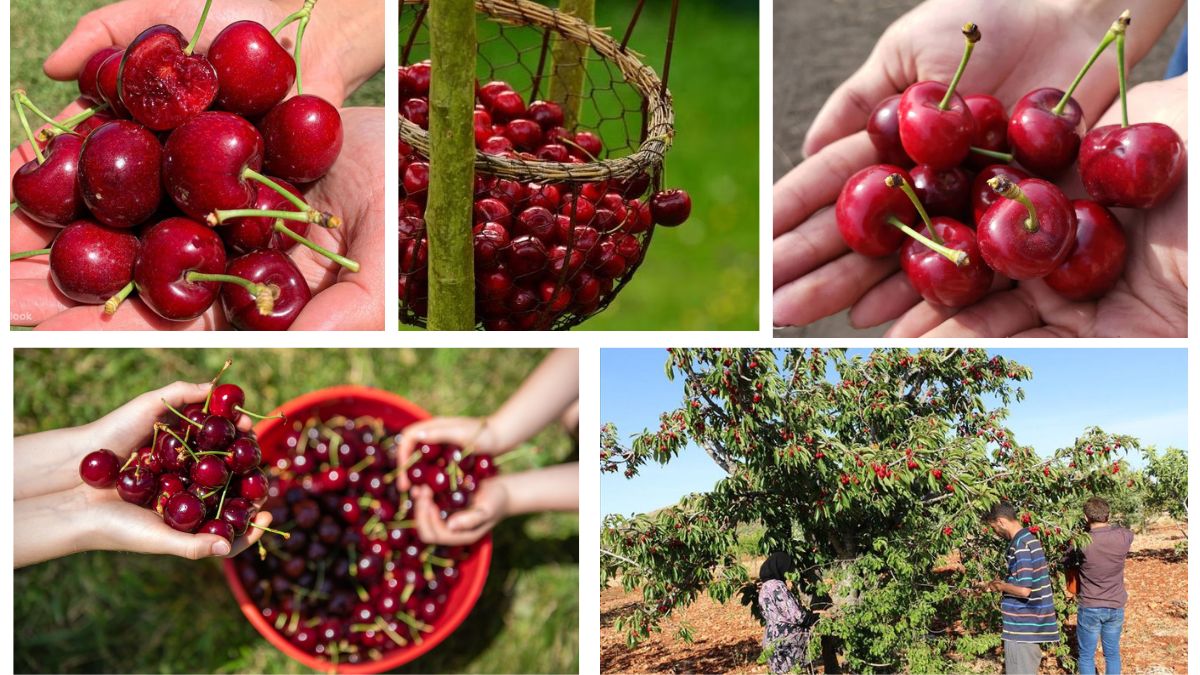Cherries are among the most cherished and sought-after fruits worldwide, known for their juicy sweetness, vibrant colors, and wide range of culinary uses — from fresh consumption to jams, pies, wines, and desserts. Belonging to the Rosaceae family, cherries are typically divided into two main categories: sweet cherries (Prunus avium) and sour cherries (Prunus cerasus). These small, round fruits are prized for their delicate flavor and relatively short harvest season, making them a highly anticipated seasonal treat in many countries.
While several nations cultivate cherries on a commercial scale, one country stands out as the largest cherry grower in the world. In this article, we’ll explore the global landscape of cherry production, spotlight the leading producer, and delve into the factors contributing to its dominance. We’ll also look at the varieties, market trends, and significance of cherries in international trade and agriculture.
A Global Overview of Cherry Production
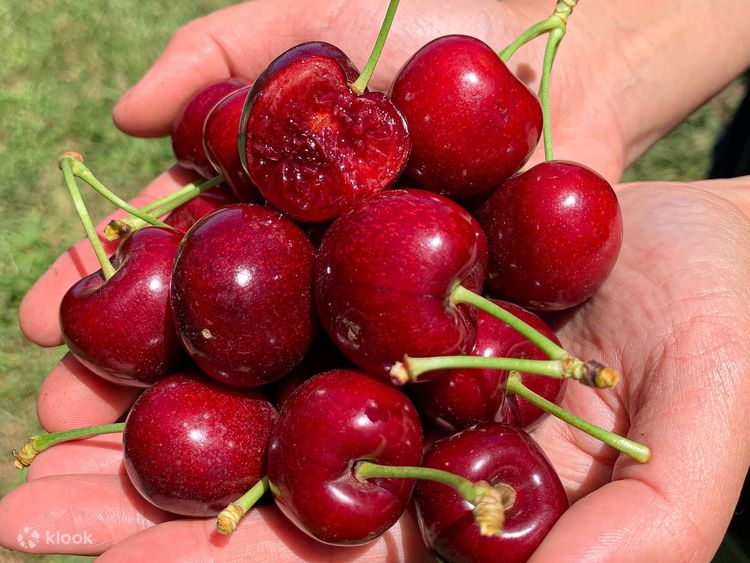
Cherries are predominantly grown in temperate regions with distinct seasonal climates, as they require a period of winter chilling to set fruit properly. The global cherry industry includes a mix of sweet and sour cherry production, with sweet cherries being more popular for fresh consumption and sour cherries commonly used in processed products like juices, preserves, and baked goods.
The major cherry-producing countries include:
- Turkey
- United States
- Iran
- Italy
- Spain
- Chile
- Uzbekistan
- Russia
- Germany
However, one country leads them all in total cherry production: Turkey.
Turkey: The World’s Largest Cherry Grower
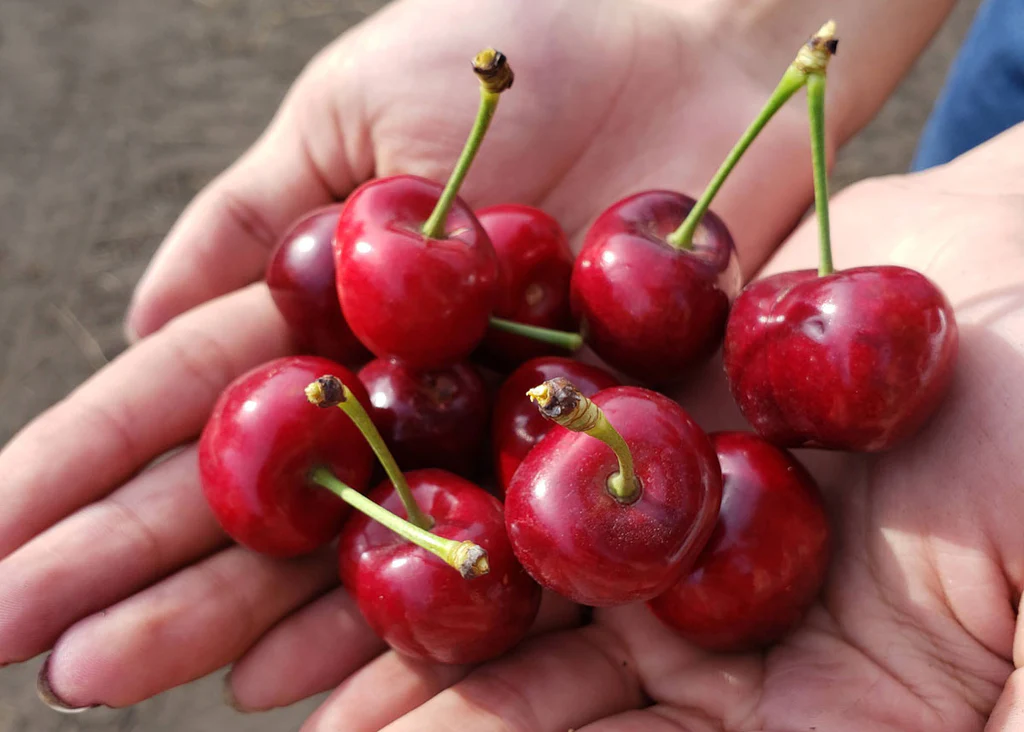
Why Turkey?
Turkey has long been associated with cherry cultivation, and for good reason. The country’s unique combination of climate, soil conditions, and agricultural tradition makes it the ideal environment for cherry production.
- Favorable Climate: Turkey’s Mediterranean and temperate climate, with cold winters and warm, dry summers, provides optimal growing conditions for cherry trees.
- Rich Agricultural Heritage: Turkey has a deep-rooted history in horticulture and fruit cultivation, with cherries believed to have originated in the Anatolian region.
- Diverse Geographical Landscape: The country’s varying altitudes and microclimates allow for an extended harvest period and the cultivation of multiple cherry varieties.
- Large Cherry-Growing Regions: Turkish provinces such as Manisa, Afyon, Isparta, Denizli, and Konya are famous for their extensive cherry orchards.
Production Volume
According to recent data from the Food and Agriculture Organization (FAO) and other agricultural reports, Turkey consistently ranks as the largest cherry producer globally. In the latest recorded seasons, Turkey produced approximately 875,000 to 950,000 metric tons of cherries annually, accounting for nearly 20-25% of the world’s total cherry production.
To put this in perspective:
- United States follows with around 300,000 to 350,000 metric tons.
- Iran, Chile, and Italy produce between 100,000 to 200,000 metric tons each.
This significant production volume not only caters to Turkey’s domestic market but also makes the country a leading cherry exporter, particularly to Europe, Russia, and the Middle East.
Key Cherry-Producing Regions in Turkey
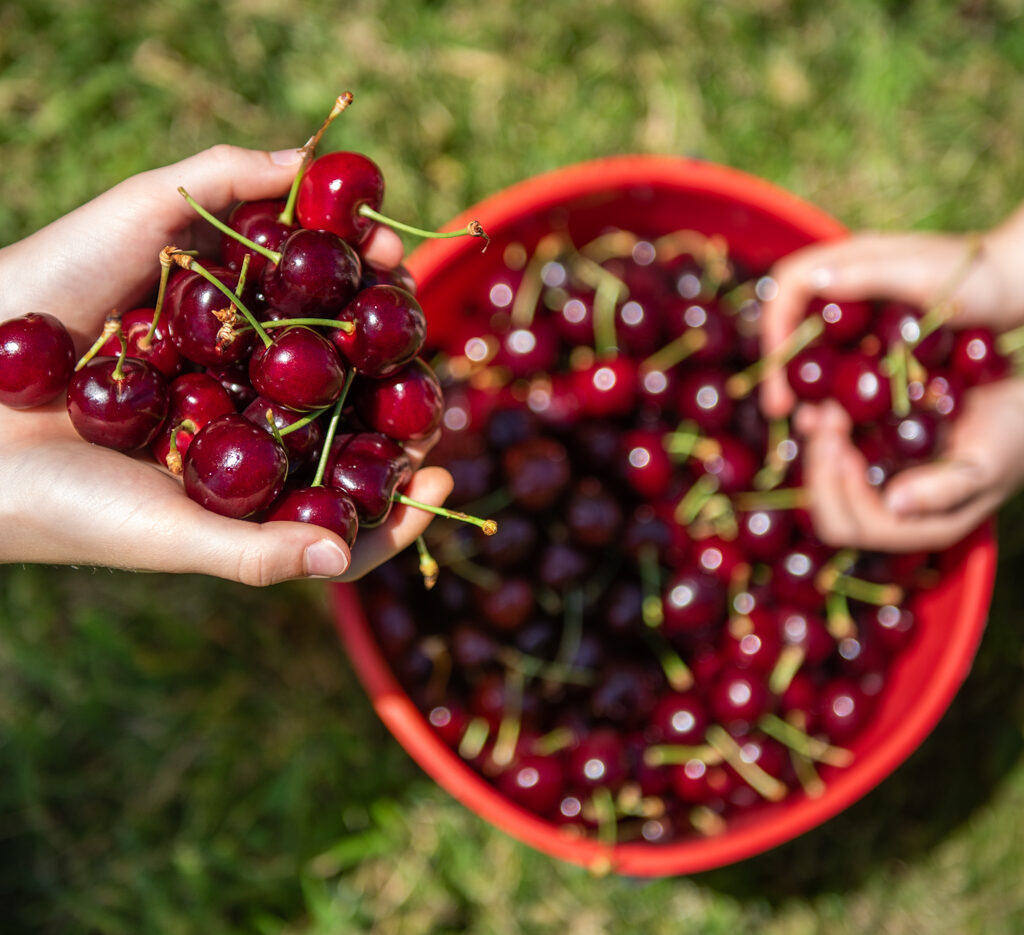
Several Turkish provinces specialize in cherry cultivation:
- Manisa: Known for its early-season cherries, exported widely.
- Afyon: Renowned for sweet, high-quality cherries with rich color.
- Isparta: Popular for producing cherries with excellent storage and shipping qualities.
- Denizli and Konya: Significant contributors to both fresh market and export volumes.
Each region benefits from favorable soil and climate conditions, contributing to Turkey’s impressive and diverse cherry harvest.
Other Leading Cherry Producers
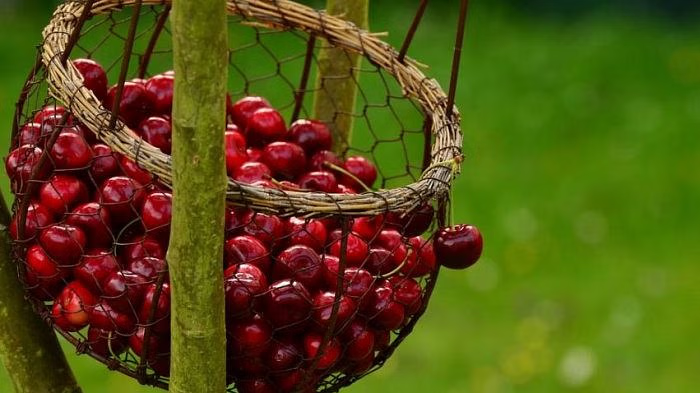
While Turkey dominates the global cherry market, several other countries maintain significant production:
United States
The United States is the second-largest cherry producer, with commercial production concentrated in:
- Washington State (the largest contributor)
- California
- Oregon
- Michigan (notably for sour cherries)
The U.S. cherry industry is known for high-quality sweet cherries like Bing, Rainier, and Chelan.
Iran
Iran consistently ranks in the top five cherry producers globally, benefiting from a temperate, mountainous climate ideal for cherry trees. Iranian cherries are highly prized in domestic markets and neighboring countries.
Chile
Chile is a major cherry exporter, particularly to China and other Asian markets. Thanks to its location in the Southern Hemisphere, Chile provides fresh cherries during the Northern Hemisphere’s off-season, making it a key player in the global trade market.
Italy and Spain
Both countries produce high-quality cherries for local consumption and export, with Italy’s Vignola cherries and Spain’s Valle del Jerte cherries being particularly famous.
The Global Cherry Market: Trade and Trends
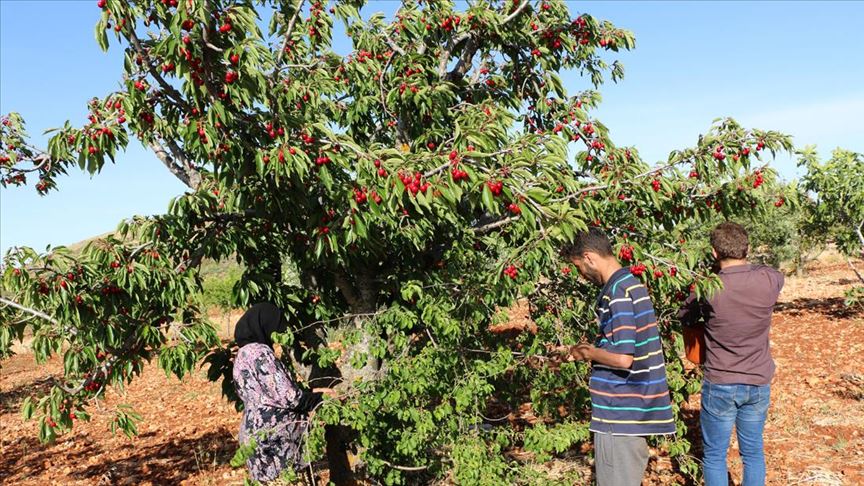
Export and Import Dynamics
Cherries are highly perishable, making their international trade reliant on efficient logistics and cold-chain systems. Turkey, Chile, and the U.S. dominate cherry exports, while China, Russia, Germany, and South Korea are some of the largest importers.
- Turkey exports over 85,000-100,000 metric tons annually, primarily to Europe and the Middle East.
- Chile’s exports have surged in recent years, with China accounting for over 90% of Chile’s cherry exports.
Growing Demand
Global demand for fresh cherries continues to rise due to their health benefits, attractive appearance, and seasonal appeal. Consumers value cherries for being rich in:
- Antioxidants
- Vitamin C
- Potassium
- Anthocyanins (which give cherries their red pigment)
This growing health consciousness, especially in Asia and Europe, fuels cherry imports and encourages expansion of commercial orchards.
Popular Cherry Varieties
Several cherry varieties are cultivated globally, each known for specific qualities:
- Sweet Cherries:
- Bing
- Rainier
- Regina
- Stella
- Kordia
- Sour (Tart) Cherries:
- Montmorency
- Morello
- Balaton
Turkey primarily focuses on sweet cherry varieties like Ziraat 0900, known for its large size, deep red color, and excellent shelf life — ideal for export markets.
Challenges Facing the Cherry Industry
Despite high demand and profitable markets, cherry growers face several challenges:
- Climate Sensitivity: Cherries are vulnerable to late spring frosts, hailstorms, and heavy rains, which can damage flowers and fruits.
- Short Harvest Window: Cherries have a brief harvest season, requiring rapid picking, packing, and shipping.
- Pest and Disease Pressure: Common issues include cherry fruit flies, bacterial canker, and brown rot.
- Labor-Intensive Harvesting: As cherries are delicate, they require careful hand-picking, increasing labor costs.
Conclusion
To answer the thesis question: Turkey is the largest cherry grower in the world. With an annual production nearing 950,000 metric tons, Turkey’s dominance is rooted in its ideal growing conditions, rich agricultural tradition, and strategic export capacity.
While the United States, Iran, Chile, and European countries also contribute significantly to global cherry production, none match Turkey’s volume and export influence. As global demand continues to climb, driven by health-conscious consumers and a growing appreciation for fresh, high-quality fruit, Turkey’s position as the leading cherry producer appears secure for the foreseeable future.
The cherry industry, though challenged by climate and logistics, remains one of the most dynamic and profitable segments of global horticulture — a sector where Turkey shines as a clear and enduring leader.
